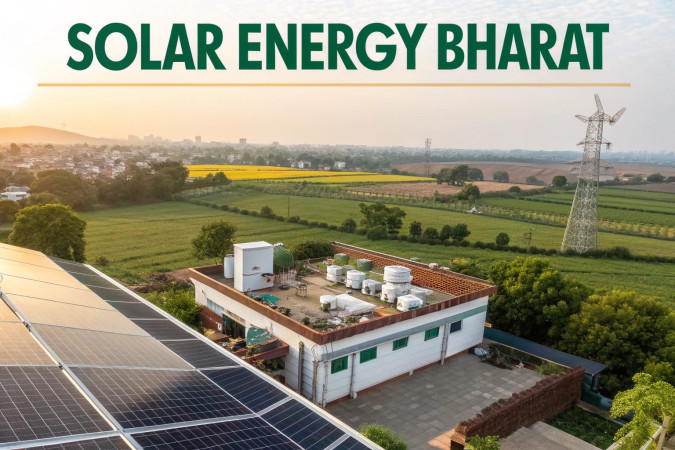
Follow India Renewable Energy News on WhatsApp for exclusive updates on clean energy news and insights
India’s Renewable Energy Regulatory Landscape: Policies Driving Growth
Mar 10, 2025
India’s energy sector is experiencing a transformative shift fueled by progressive policies and regulations aimed at sustainability, energy self-reliance, and carbon neutrality. The government’s initiatives span across demand-side regulations, supply-side incentives, and infrastructure development, ensuring a structured transition to renewable energy dominance.
Key Demand-Side Regulations
- Net Zero Commitments: India targets net zero by 2070, with interim goals of 500 GW non-fossil capacity and a 45% reduction in emissions intensity by 2030.
- National Green Hydrogen Mission: Aims to position India as a global green hydrogen hub with 5 million metric tonnes of annual production and 125 GW associated renewable capacity.
- CPSU Scheme Phase 2: Supports 12 GW of solar power with Rs 70 lakh per MW viability gap funding.
- Renewable Purchase Obligation (RPO): Mandates a defined renewable energy procurement trajectory until 2030.
- Rooftop Solar Push:
- PM Surya Ghar Muft Bijli Yojana (2024): Aims to solarize 1 crore households with free electricity up to 300 units/month.
- Grid-Connected Rooftop Solar Scheme: Target extended to 40 GW by 2026 (current capacity: 12.92 GW as of June 2024).
- KUSUM Scheme: 30-50% subsidy for solar pumps, targeting 34.8 GW rooftop solar by 2026 with Rs 34,422 crore financial support.
Key Supply-Side Regulations
- PLI Scheme: Rs 24,000 crore allocated to boost domestic solar PV manufacturing (target: 39.6 GW solar module capacity).
- ALMM (Approved List of Models & Manufacturers): Ensures certified, high-quality solar modules in government projects.
- Basic Customs Duty (BCD): 40% duty on solar modules and 25% on solar cells to promote domestic manufacturing.
- DCR (Domestic Content Requirement): Mandates local solar module use in government projects.
- State Incentives: Tax benefits, land subsidies, and electricity duty exemptions to encourage investment.
Infrastructure Development Initiatives
- ISTS (Inter-State Transmission System) Waiver: No ISTS charges for renewable projects commissioned by June 2025.
- Ultra-Mega Renewable Energy Parks: Plug-and-play model with pre-allocated land & transmission.
- Green Energy Corridor Scheme: Strengthening intra-state and inter-state transmission networks for better renewable energy integration.
- T&D Infrastructure Growth: Expanding at a 4-7?GR, ensuring better grid connectivity for renewables.
India’s robust regulatory framework is driving the transition towards clean energy leadership. Through strong policy mechanisms, financial incentives, and infrastructure expansion, India is ensuring energy security while advancing towards its ambitious net zero and renewable energy goals.